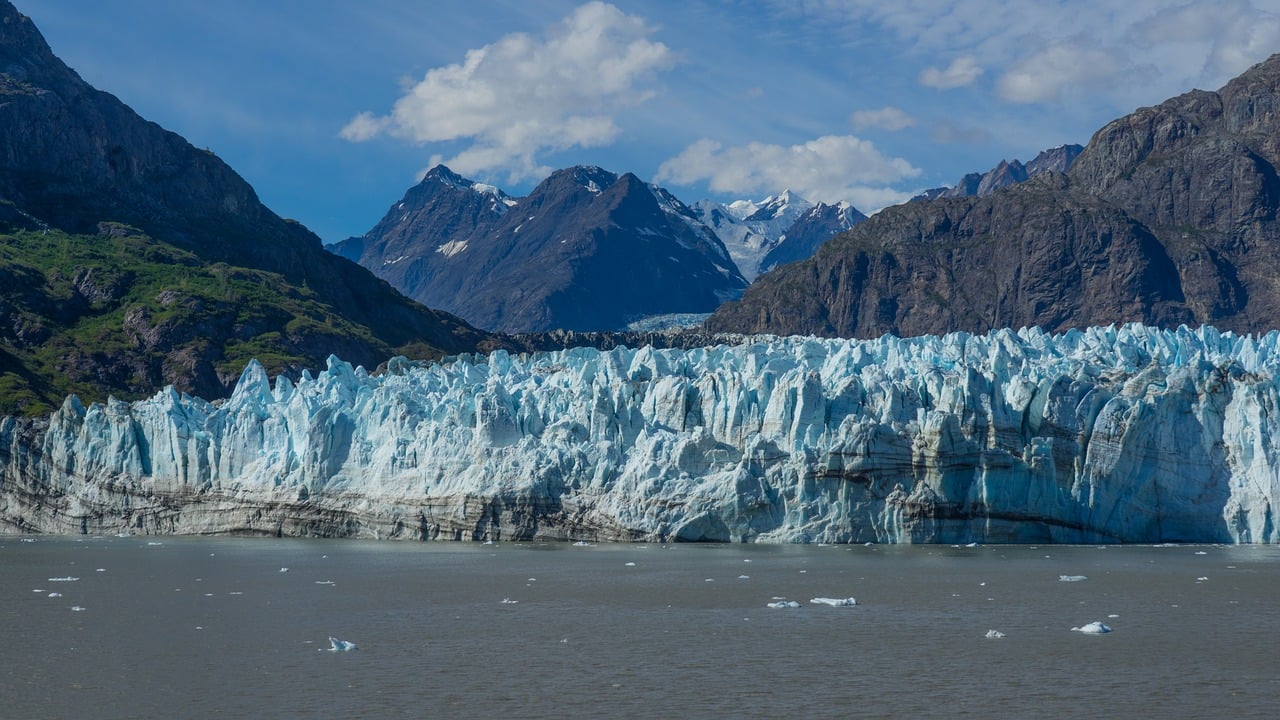The Antarctic has been going through many changes over the years, primarily because of the cracking ice shelves caused by global warming. Unusual discoveries continue to pile up around Antarctica’s ice shelves as a result of all the changes, and haunting sounds are one of the newer phenomena.
Scientists who monitor the Ross Ice Shelf in West Antarctica captured the strange acoustic signal. Ultra-sensitive seismic sensors enabled them to hear the haunting sounds of Antarctica’s ice shelves. While the sounds are perfectly fitting for a scene in a horror movie, they are another sign that Antarctica’s ice shelves are changing due to weather effects like wind and warming temperatures.
Julien Chaput, an ambient noise monitoring expert at Colorado State University and new faculty member at the University of Texas, El Paso, told Earther that the recordings are a “happy accident.”
In 2014, scientists deployed seismic equipment on the Ross Ice Shelf, which is the biggest section of floating ice in Antarctica, so they could study the crust and mantle underneath it. Chaput hoped to find some seasonal changes in its mass. Instead he found haunting sounds and spectral anomalies that couldn’t be easily explained. He suggests they’re the result of high-frequency seismic waves being trapped in the top layers of snow.
He believes the disturbances occurring on the surface are being trapped in the form of seismic waves which travel through the ice shelf. Scientists documented the haunting sounds and published their findings in the Geophysical Research Letters on Tuesday.
The top layers of loose snow and ice are called firn, and they are vulnerable to events that take place above the surface, including the wind and temperature changes. Since the ultra-sensitive seismic equipment was buried below the surface, Chaput was able to document much more than just “seasonal shifts.”
The frequency of the waves changes after storms occur, which is quite interesting. However, the big discovery came in January 2016, when the tune’s pitch dropped, indicating that the snow and small bits of ice had melted, slowing down the frequency of the seismic waves through the firn. The pitch drop didn’t reverse itself when the temperatures dropped back down again, which indicates permanent changes in the firn.
“Melting of the firn is broadly considered one of the most important factors in the destabilization of an ice shelf, which then accelerates the streaming of ice into the ocean from abutting ice sheets,” Chaput said.
Chaput considers seismic monitoring to be a good way to keep an eye on Antarctica’s ice shelves, which are considered to be among the most remote locales in the world. Seismic monitoring can also help researchers answer some critical questions about the behavior of firn during rising temperatures.
Moreover, the haunting sounds of Antarctica’s ice shelves could greatly contribute to the sound effects used in horror movies and haunted houses — just in time for Halloween.





